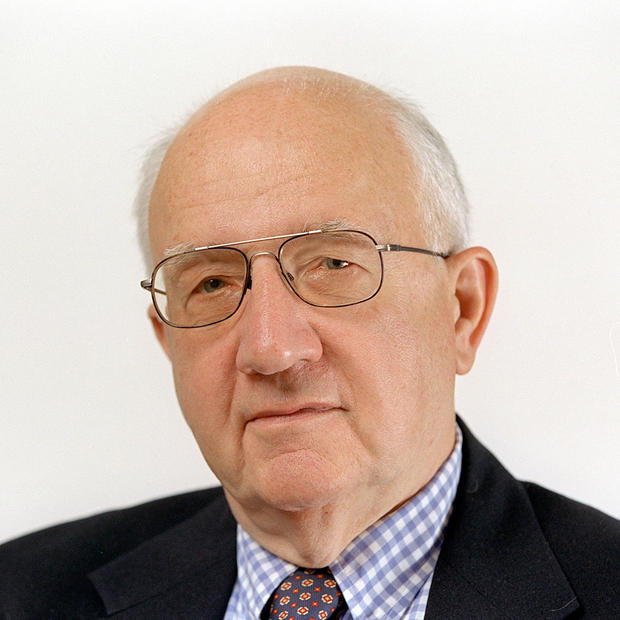They sit there as matching book ends on our ballot, one measure generally endorsed by local business and civic establishments and another shunned as populist poison.
Proposition 1, the establishment-backed measure, would spend $47 billion over the next 20 years, and much more later, on a regional transportation package. It is the largest such local-level measure ever proposed in the 50 states. Most of its money would go to a three-county expansion of a still-unbuilt local light rail system. It would be financed by tax increases on middle- and low-income citizens.
Initiative 960, a Tim Eyman production shunned by the same establishment, would require two-thirds legislative or voter approval for tax increases and impose other restrictions on tax and fee hikes. It is difficult to imagine any government, at any level, being able to function effectively under such constraints.
Then there is Referendum 67, which would force insurers to pay certain claims and permit treble damages plus attorney fees when that was not done. Trial lawyers and insurers – generally unloved scorpions in a bottle – are pitted against each other on this one, although both groups are presenting themselves as champions of the public interest.
There are other ballot measures in front of us, as well. Their descriptions in our voters' guides sometimes make it difficult to understand their real purposes, costs, and beneficiaries. Ballot measures exist in western states because, at the turn of the last century, many public officials were operating as wholly owned subsidiaries of mining, land development, and railroad interests. The ballot measures were seen as populist checks on elected officials who were presumed untrustworthy. That remains the impulse behind Eyman's present-day measures. The presumption is not always wrong.
They gained national fame, in particular, in late-20th century California, where governors and legislatures generally abdicated their responsibilities and let the state govern itself by ballot measures which, variously, raised and lowered taxes and spending and mandated other arbitrary policies which led to chaos. They are uncommon in eastern, midwestern, and southern states, which govern themselves by traditional policymaking processes. The western ballot-measure habit is regarded elsewhere as a quirky regional phenomenon left over from frontier days.
In recent years voters here have approved, and sometimes later regretted, measures mandating a Seattle monorail system, laxer enforcement of marijuana laws, teacher and public-employee pay increases, and, frequently, big transportation packages billed as capable of reducing traffic congestion.
I voted two years ago for Initiative 900, mandating that the state auditor undertake performance audits of public and quasi-public agencies. Otherwise, however, I vote against all ballot measures. I believe we elect state, county, and local officials to do their jobs. That means they should examine public needs, devise programs to meet those needs, and then enact them into law. They should be accountable to voters for what they do. They should not refer politically difficult issues to the ballot and bring us ever closer to a terminal case of California Disease.
I will vote no again this year, against both Proposition 1 and Initiative 960, because of their substance.
I-960 would place unreasonable constraints on normal policymaking processes and lead to still more reliance, down the road, on ballot measures. Prop 1 would not meet its stated principal objective of reducing King, Pierce, and Snohomish county traffic congestion. It would not repair or replace the Evergreen Point Bridge or the Alaskan Way Viaduct or adequately address bridge and highway needs. It principally would give Sound Transit a semi-blank check over 50 years to extend an as-yet-incomplete Seattle light rail system into the three counties. The system already is 10 years behind schedule, billions over its price tag, and lacking initially promised stations. The "now or never" argument used by Prop 1 proponents is nonsense. It would levy record regressive taxes to give light rail perpetual life while ignoring more cost-effective transportation solutions.
Sound Transit, coincidentally, was established by a ballot measure. Such measures have come to represent the same abuses of power which caused western citizens, 100 years ago, to institute them. A willful, well-financed, self-interested group can devise, promote, and pass a ballot measure – especially in low-turnout, off-year elections such as this one – which would never make it through a deliberative legislative process.
Ballot measures once were checks on power. Now they often represent abuses of power. Beware of them and those who back them. More often than not, it is their own rather than your interest they have in mind.



